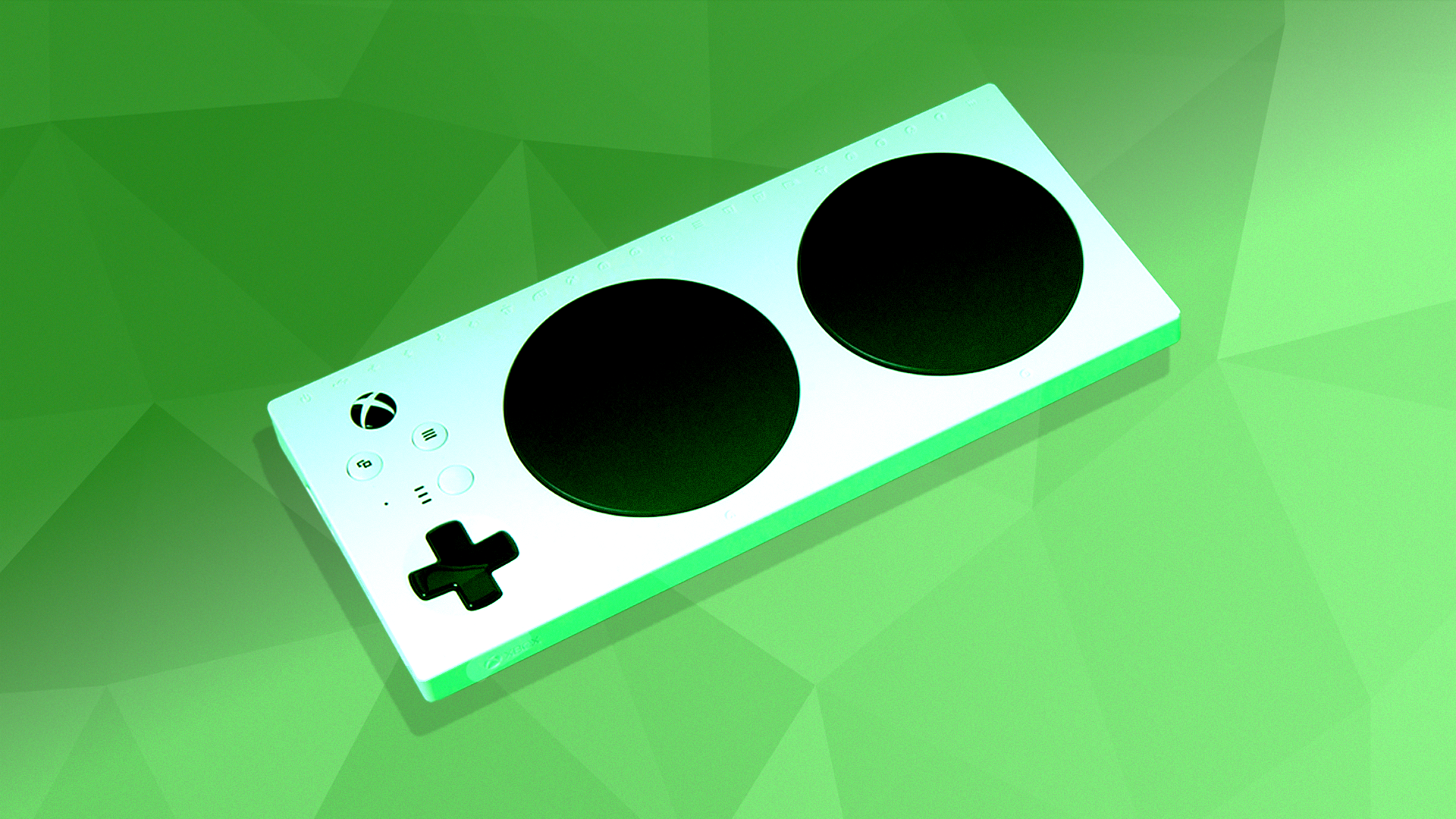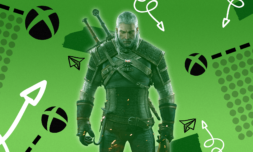Microsoft is aiming to make gaming as accessible as possible for players with disabilities. A new program recommends that first and third party developers now send in their games for inclusive evaluations.
Data from the ESA Foundation suggests that there may be as many as 46 million gamers with disabilities in the US alone.
It’s incredibly promising then to hear that Microsoft is launching a testing program to help developers refine their titles to be as accessible as possible for gamers in the disabled community.
Microsoft recommends that any game currently in development – due to be released on Xbox or PC – be sent in to the program, where it will be weighed against the ‘Xbox Accessibility Guidelines’ (XAG) and give those with physical or mental impairments the chance to provide first-hand insight into improving the overall experience.
After a year of gathering feedback, not only are we making big changes to our accessibility guidelines, but we're also rolling out a program for developers to test their projects and see if they pass the standards we've set.
Read more: https://t.co/bgULnfvlX0 pic.twitter.com/nu2au4y4I8
— Xbox (@Xbox) February 17, 2021
Updated yesterday, (Feb 16th) the XAGs aren’t designed to enforce legal compliance from developer studios, but instead aim to inspire them consider everyone when making technical and design choices in the building of new games. As Microsoft states, ‘When everyone plays, we all win.’
Beta games sent to Microsoft for evaluation will be distributed to several game testers with disabilities of diverse natures for feedback, and will eventually be returned with case specific recommendations from Microsoft. These will include annotated screenshots showing where improvements can be made.
A recent company blogpost states that this process aims to highlight ‘what aspect of a given experience may be challenging for certain gamers with disabilities.’





















